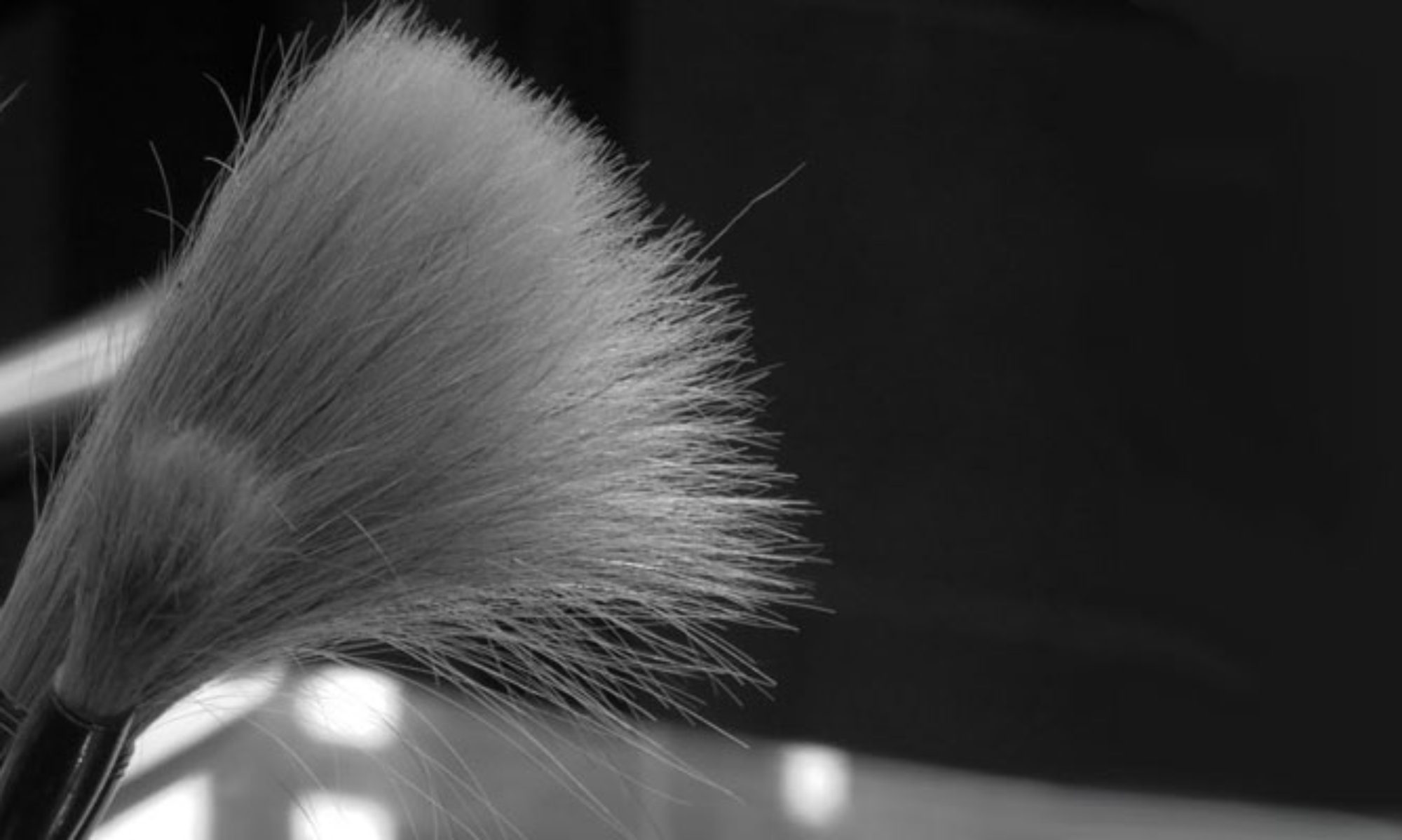
This paramecium was found in Loughborough Lake, north of Kingston, Ontario, Canada.
This specimen is probably Paramecium caudatum.
Questions:
- How does this single-celled paramecium move?
- Can you think of other types of movement that are similar to the one you see here?
- For what reasons do you think this critter needs to move?
- How does the paramecium’s movement compare to other single-celled organisms?
- How are the cilia (the tiny hair-like fibers) arranged on the paramecium (best viewed in the latter part of of the video at the higher magnification)? Do the cilia in different locations have different functions?
- Each cilia is tubular in shape. Can you think of any other tubular shapes that function in similar ways?
- What other shapes (metapattern) do groups of these cilia form? How do this new new shape function?
- Can you find any cycles in the video? How do these cycles compare to other cycles you know about?
- What is the advantage to the paramecium for having a tubular shape? How does this critter use its shape?
- What do you think the spheres are for inside of the paramecium. One of these spheres is the nucleus (a large sphere near the center)? What do you think the other spheres do? How are the functions of all of the spheres similar and different?
- What else can you find out about this critter?
Meanings:
Paramecium:
Para- means beside or near
Mec comes from the Greek word mekos, which means length
Paramekes in Greek means oval, which is a sense of longer than its width
-um is a neuter (not masculine or feminine) noun ending
So, paramecium means an oval shaped critter.
Cilia:
Cili comes from the Latin meaning eyelid, eyelash
-a probably is a shortened form of –al, which means of, relating to, or characterized by
So, cilia means a object that is similar to eyelashes.
Ciliate:
-ate
The suffix probably comes from the Greek –atus, which means possessive of or likeness of something.
So, when we put –ate at the end of a word, like ciliate, we get:
Ciliate = the possessor of eyelash-like structures.
